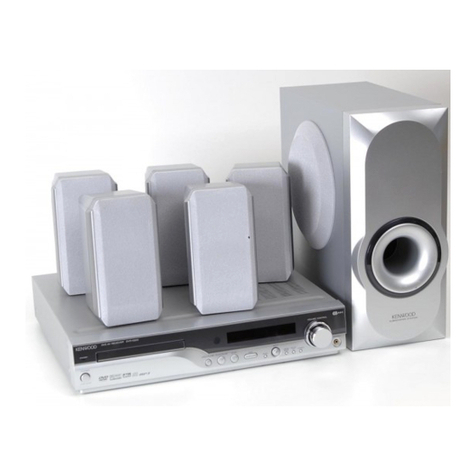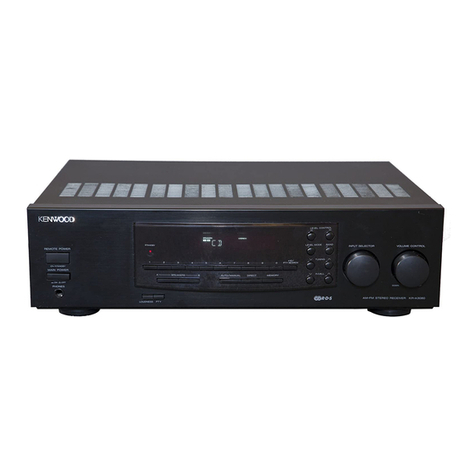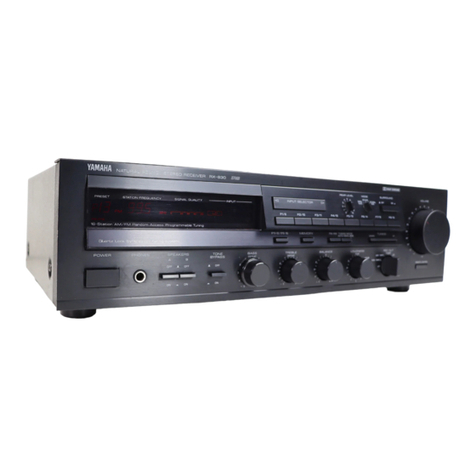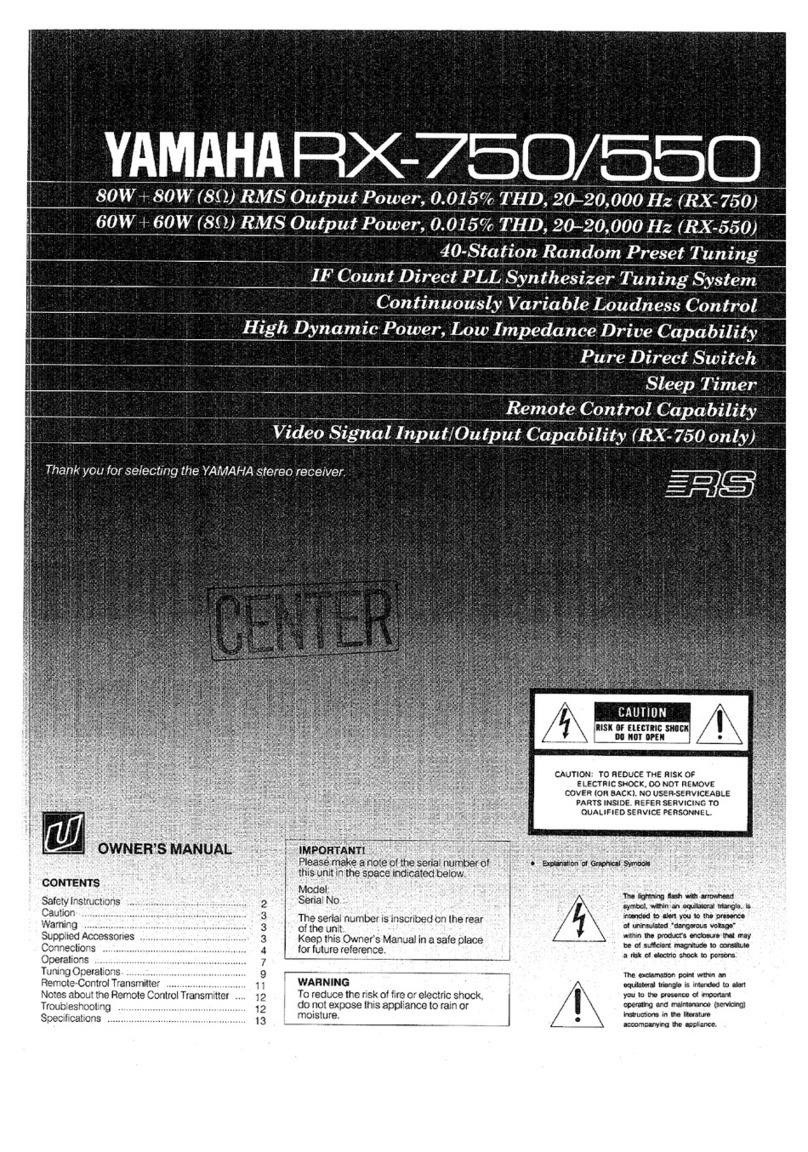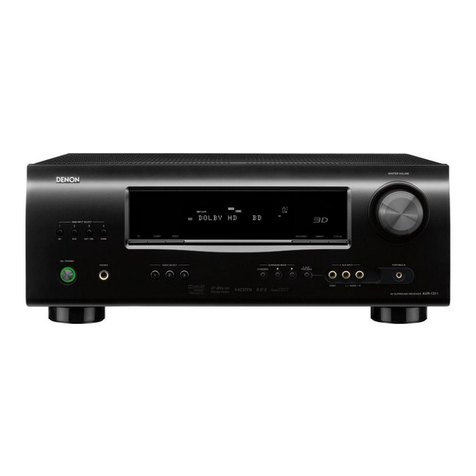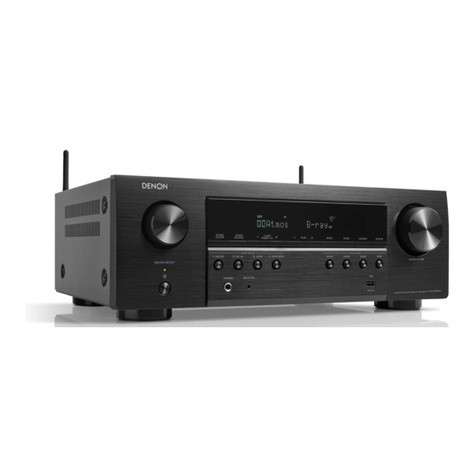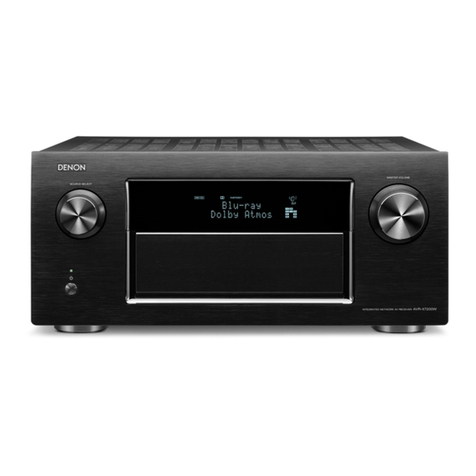Kenwood KA-5200 User manual
Other Kenwood Stereo Receiver manuals

Kenwood
Kenwood KRC-444D User manual
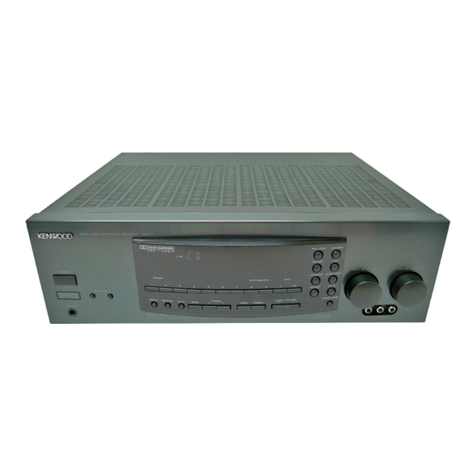
Kenwood
Kenwood 1060VR User manual

Kenwood
Kenwood KR-1000B User manual

Kenwood
Kenwood VR-7080A User manual

Kenwood
Kenwood AR-304 User manual

Kenwood
Kenwood KR-5030 User manual
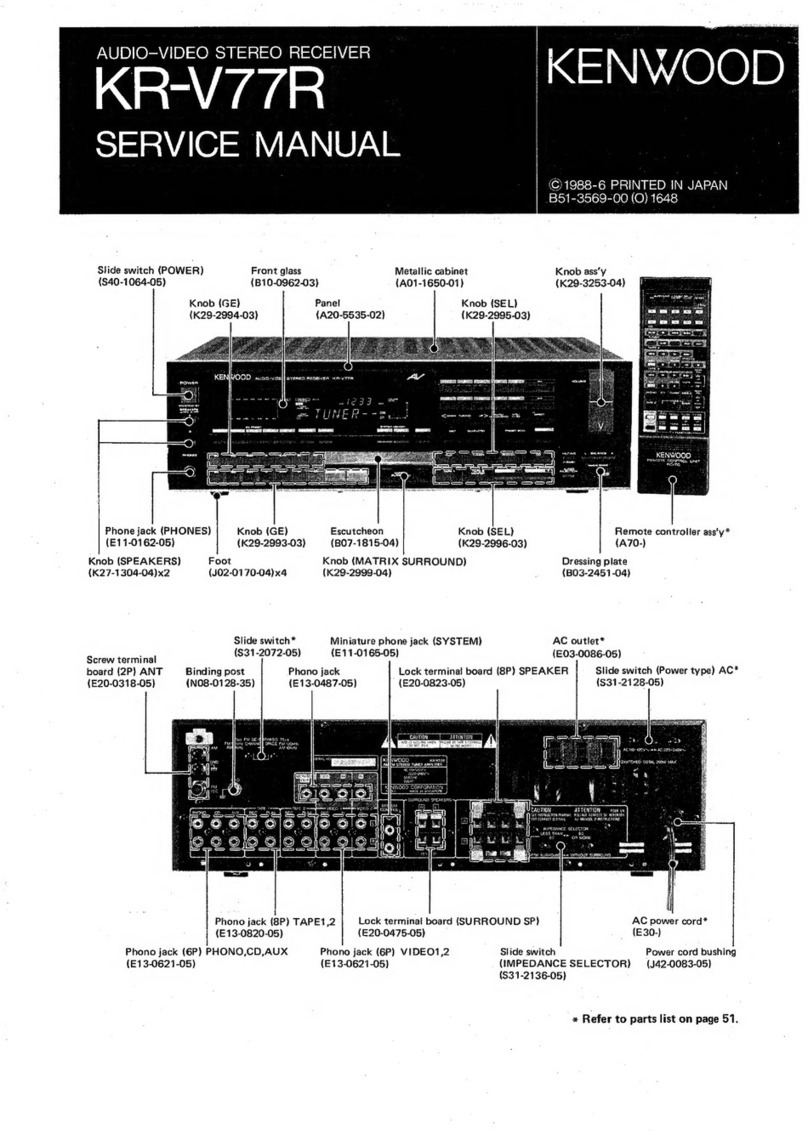
Kenwood
Kenwood KR-V77R User manual
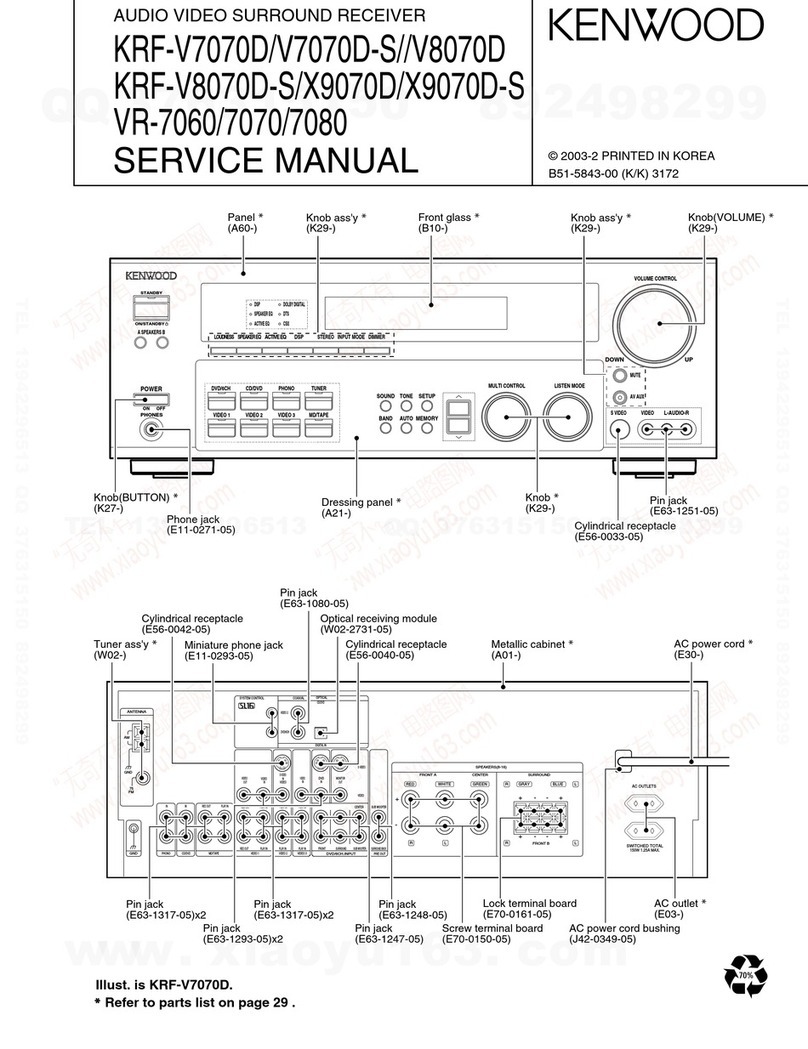
Kenwood
Kenwood KRF-V7070D User manual
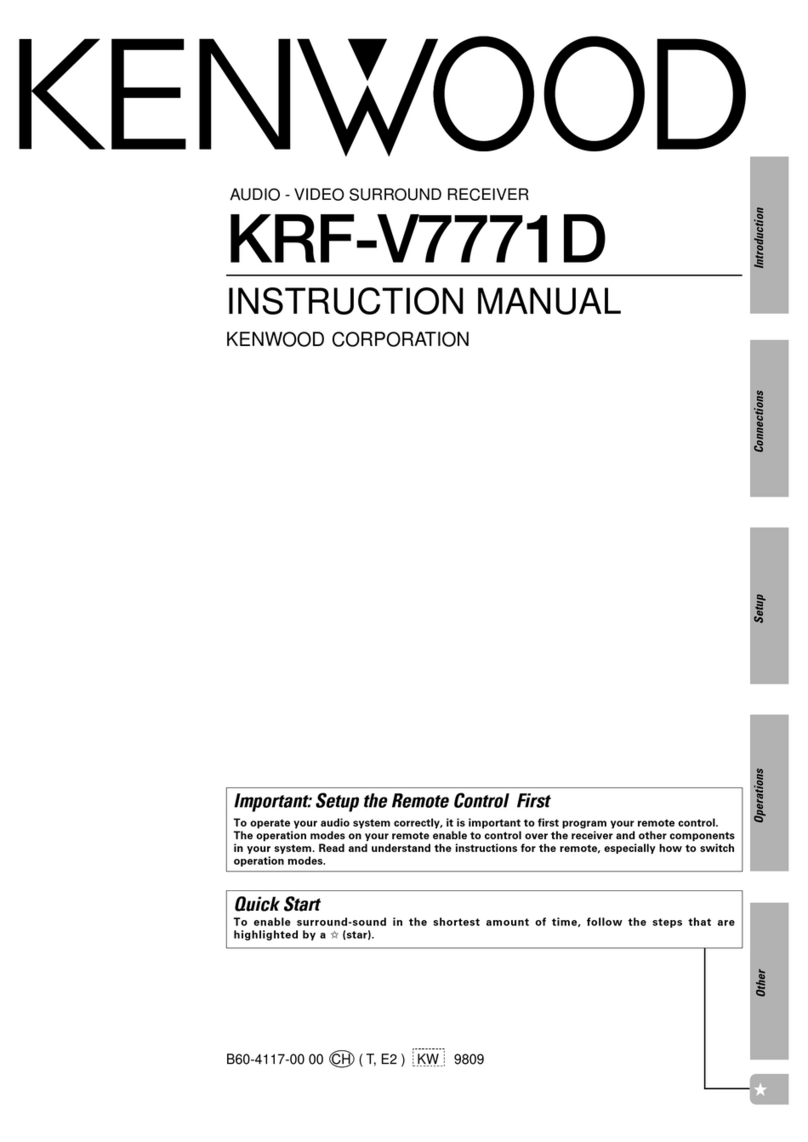
Kenwood
Kenwood KRF-V7771D User manual
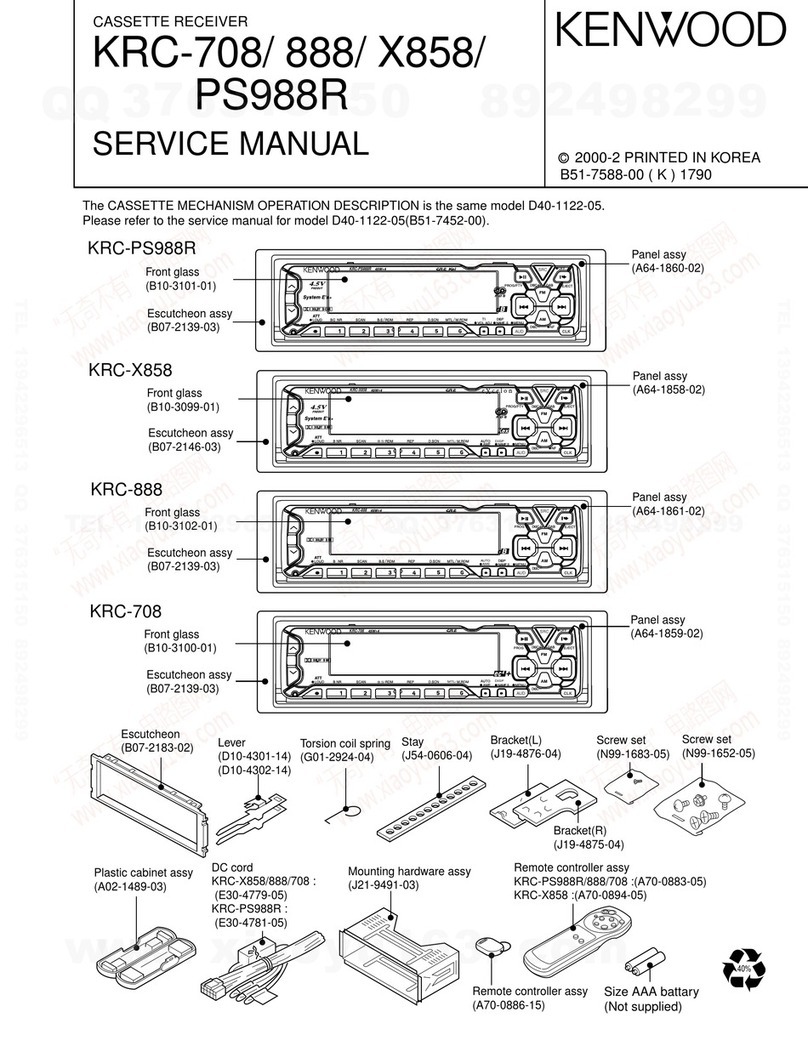
Kenwood
Kenwood KRC-708 User manual
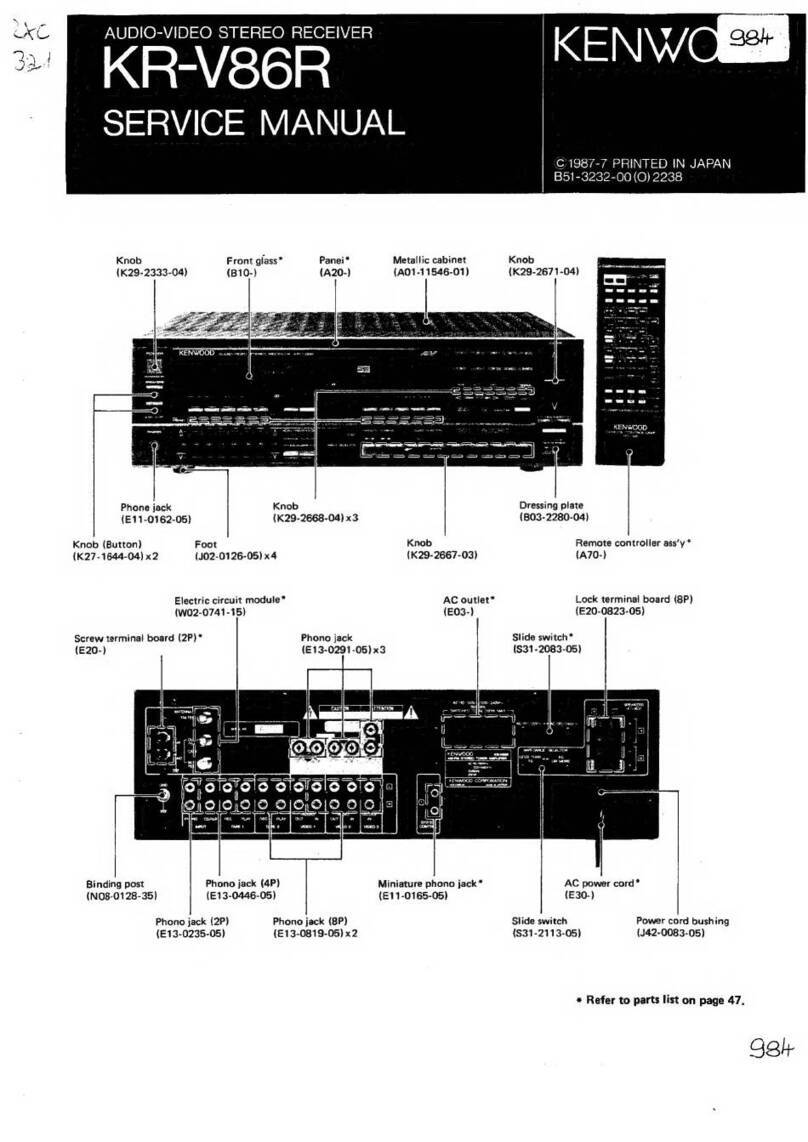
Kenwood
Kenwood KR-V86R User manual

Kenwood
Kenwood 104AR User manual
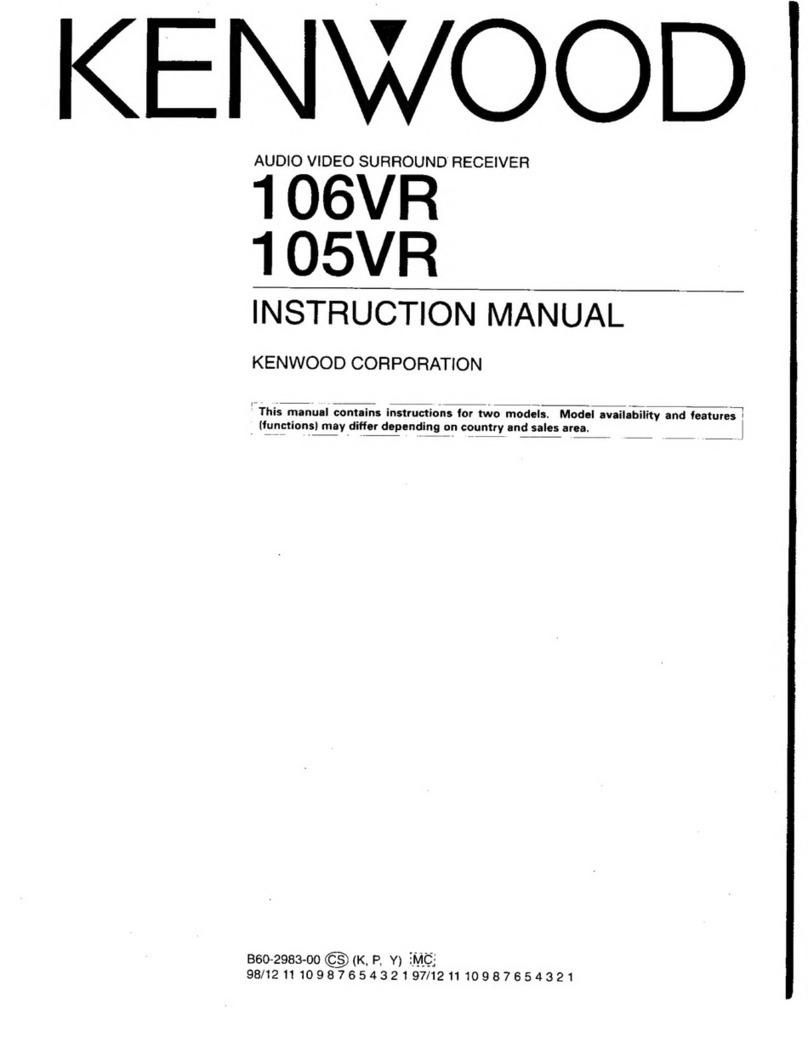
Kenwood
Kenwood 106VR User manual

Kenwood
Kenwood 103AR User manual
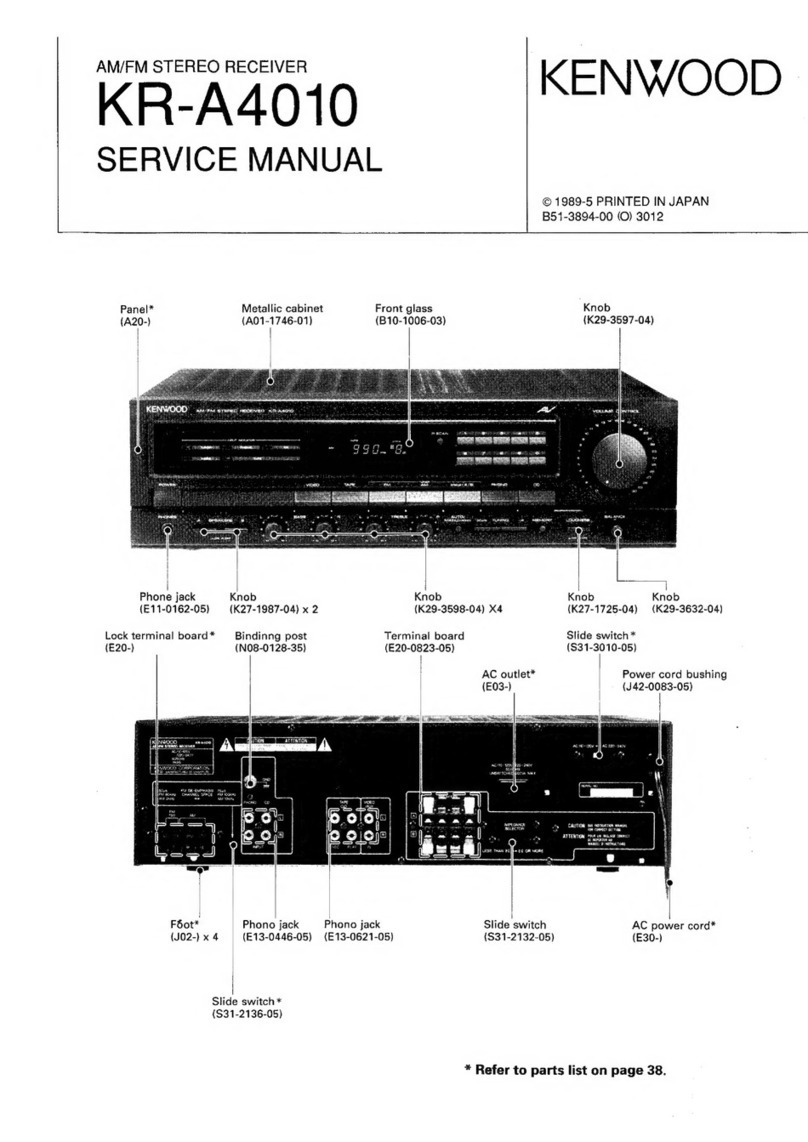
Kenwood
Kenwood KR-A4010 User manual
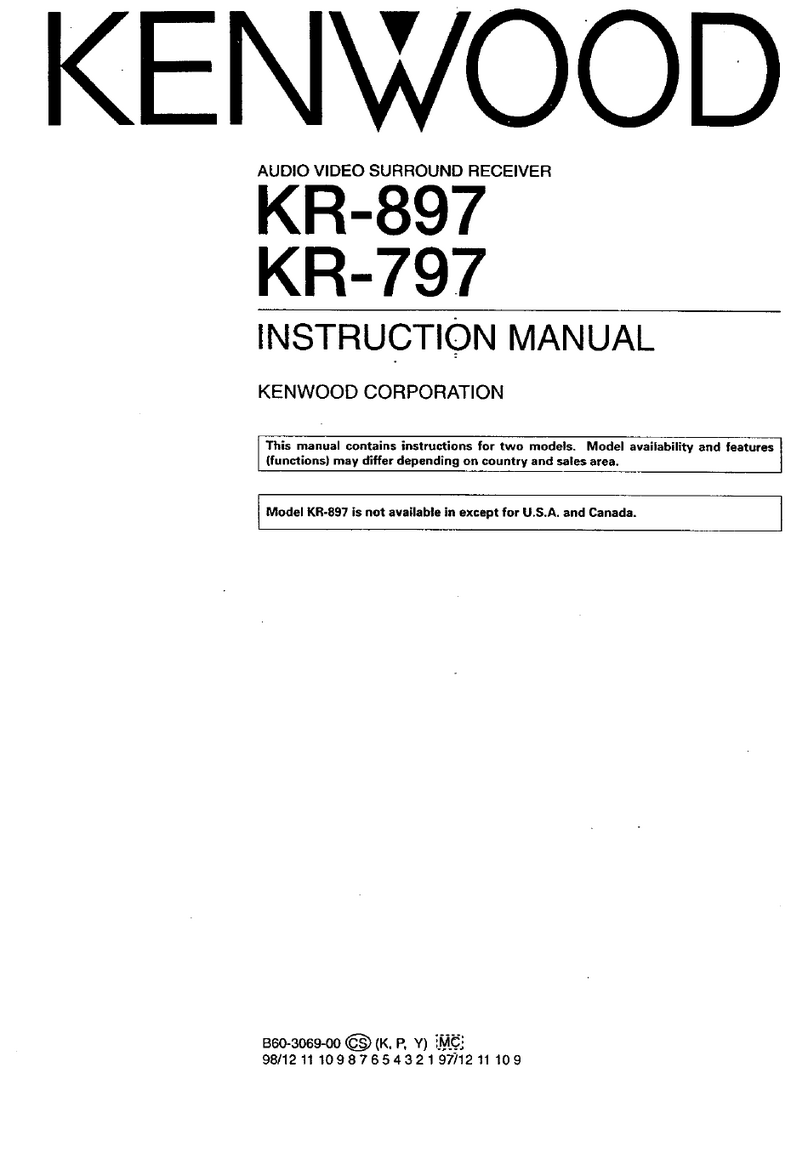
Kenwood
Kenwood KR-897 User manual
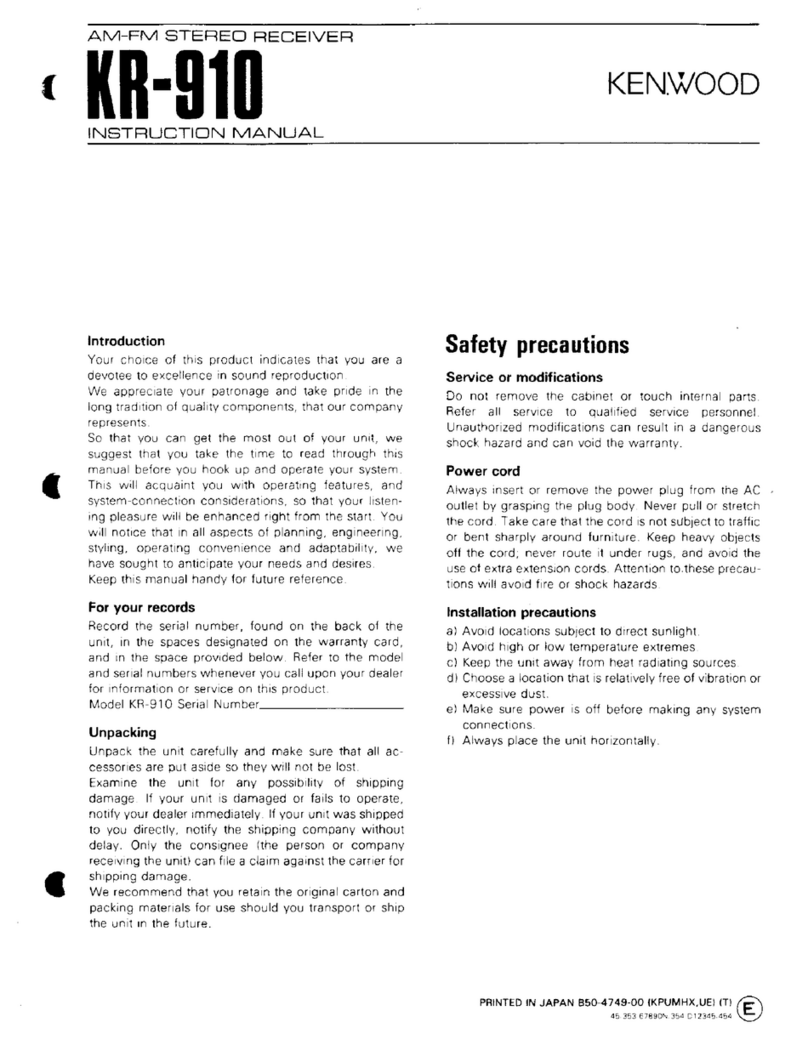
Kenwood
Kenwood KR-910 User manual

Kenwood
Kenwood KR-V9030 User manual

Kenwood
Kenwood VR-2090 User manual

Kenwood
Kenwood KR-4140 User manual
Popular Stereo Receiver manuals by other brands
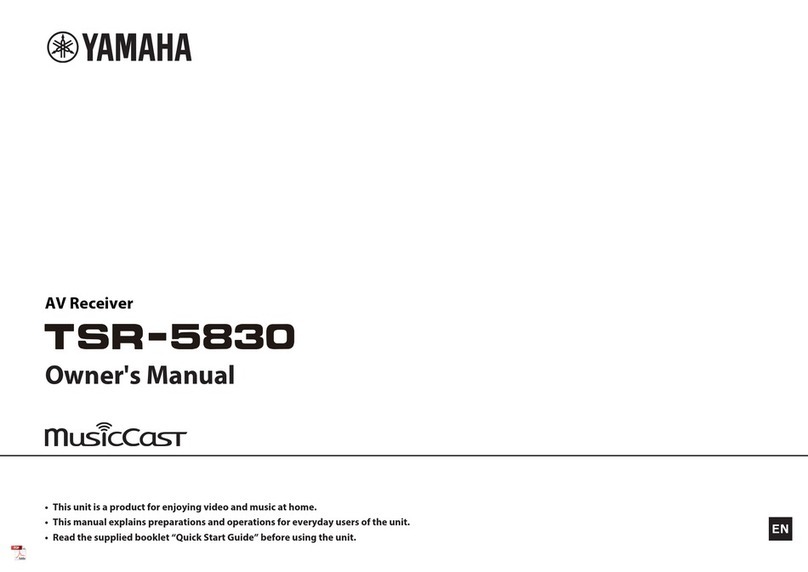
Yamaha
Yamaha MusicCast TSR-5B3D owner's manual
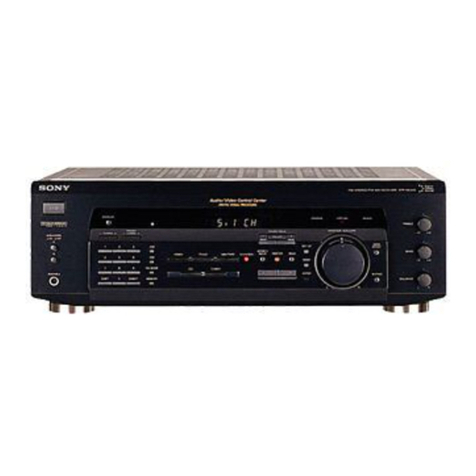
Sony
Sony STR-DE335 - Fm Stereo/fm-am Receiver operating instructions
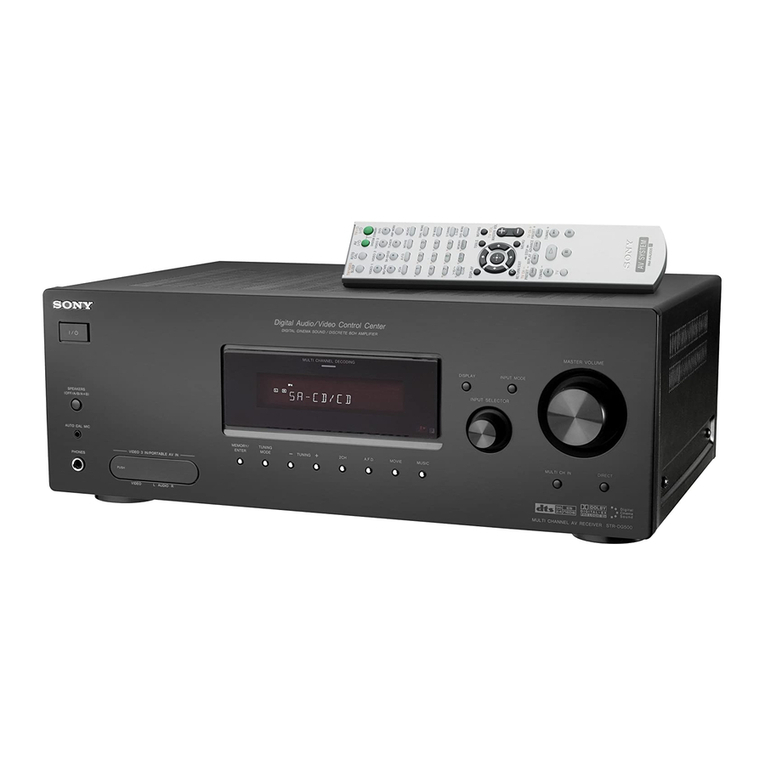
Sony
Sony STR-DG500 - Multi Channel Av Receiver Service manual

Panasonic
Panasonic AJSD955B - DVCPRO50 STUDIO DECK Brochure & specs
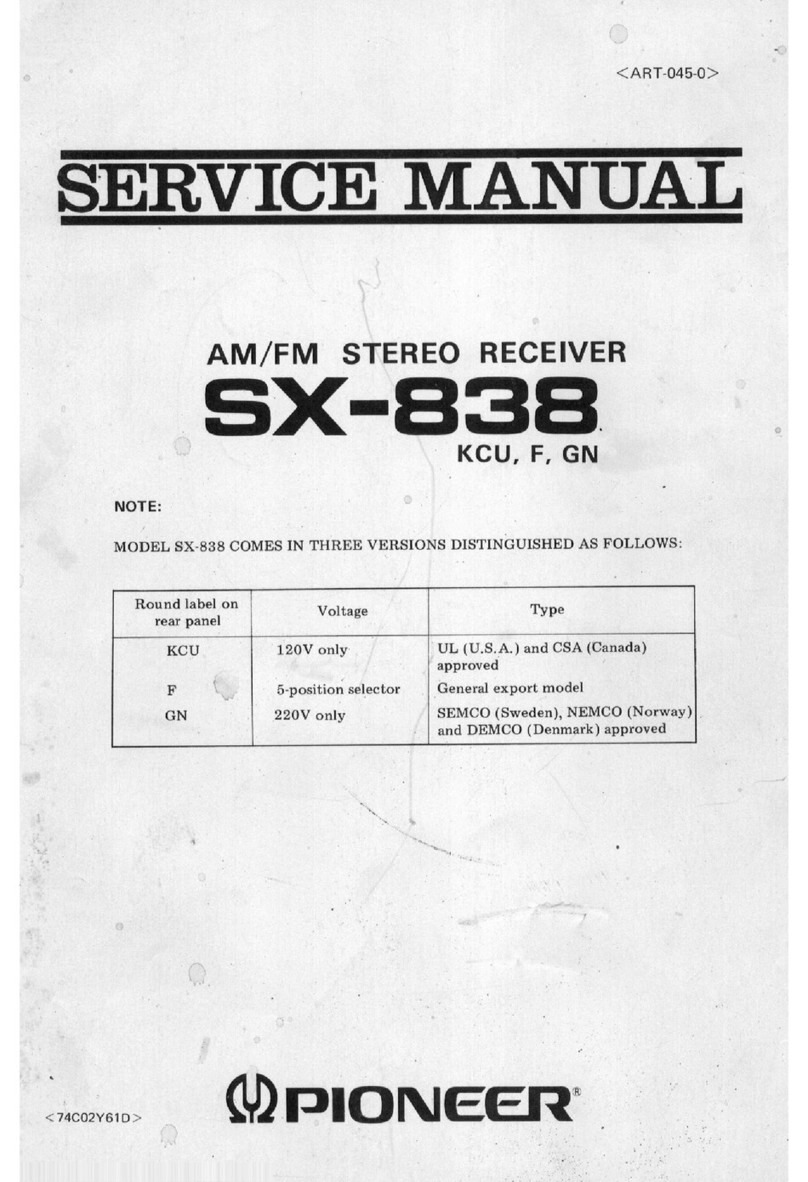
Pioneer
Pioneer SX-838 Service manual
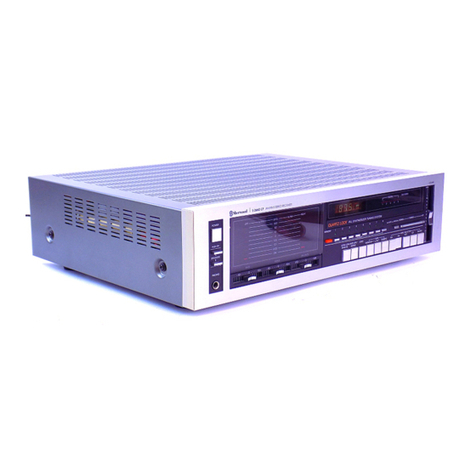
Sherwood
Sherwood S-2660CP operation instruction
